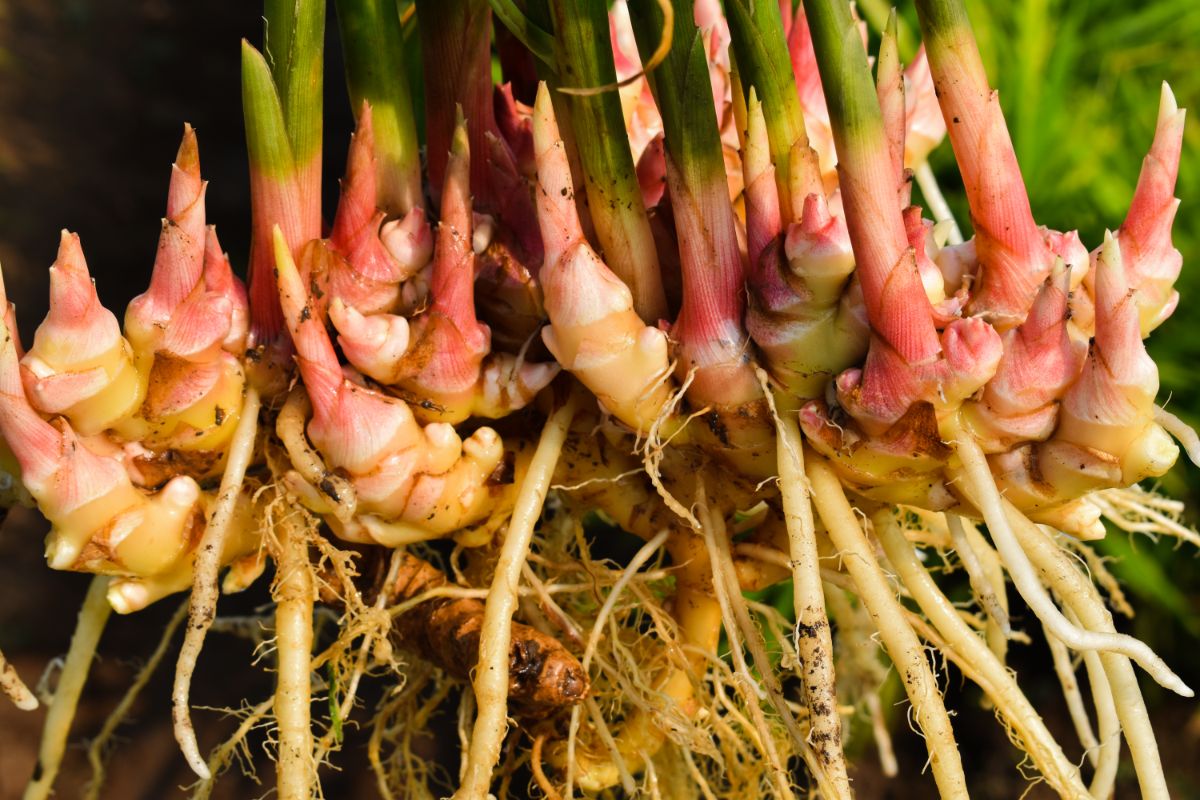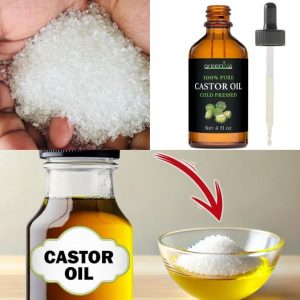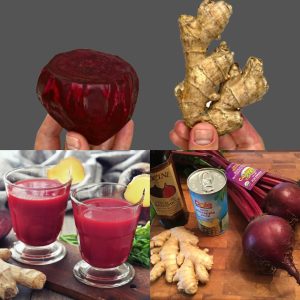
Growing ginger at home is a rewarding endeavor that not only provides you with a fresh, endless supply of this versatile spice but also brings a touch of the tropics to your home gardening.
Ginger (Zingiber officinale) is known for its pungent, spicy flavor and numerous health benefits, including anti-inflammatory properties, digestive aid, and nausea relief.
Cultivating ginger indoors or in your garden is straightforward, and with a little patience, you’ll have your own fresh ginger to enjoy.
Here’s a guide on how to grow an endless supply of ginger right at home, along with an exploration of its benefits.
Starting Your Ginger Plant
Choose the Right Rhizome: Start with a fresh ginger rhizome (the part you usually cook with) from a garden center or organic grocery store.
Look for a piece that is plump with tight skin and several eye buds on it (similar to the eyes on potatoes). Rhizomes from the grocery store may sometimes be treated to prevent sprouting, so organic ones are your best bet for growth.
Pre-Sprout the Rhizome: To speed up the growing process, you can pre-sprout the ginger. Simply place the rhizome in a container and cover it with water.
Leave it overnight in a warm place. After soaking, remove it from the water and place it in a shallow container of soil, barely covering it with soil. Keep the container in a warm, humid spot but out of direct sunlight, and keep the soil moist. In a few weeks, you should see shoots emerging.
Planting
Soil and Pot Selection: Ginger prefers well-draining, rich soil. Mix garden soil with compost or well-rotted manure to increase fertility. Choose a wide, shallow pot because ginger roots grow horizontally.
Planting the Rhizome: Plant the pre-sprouted or fresh rhizome about 2-3 inches deep with the eye bud pointing upward. Place the pot in a spot that receives indirect, but bright, sunlight. Ginger thrives in warm, humid conditions, making it perfect for indoor cultivation in cooler climates.
Care and Harvesting
Watering: Keep the soil consistently moist but not waterlogged. Ginger does not like standing water.
Feeding: Feed your ginger plant with a balanced liquid fertilizer every few weeks during the growing season.
Temperature: Ginger loves warmth. Try to maintain a temperature around 75°F (24°C) for optimal growth.
Harvesting: Ginger takes about 8-10 months to mature. When the leaves turn yellow and start to die back, it’s time to harvest. Gently dig around the plant to remove a piece of the rhizome, and then replant it to continue growing.
Benefits of Growing Ginger at Home
1. Freshness and Flavor: Homegrown ginger is fresher and more flavorful than store-bought, which can be several months old by the time it reaches your kitchen.
2. Health Benefits: Ginger is packed with bioactive compounds and nutrients beneficial for your health. It’s well-known for its anti-inflammatory and antioxidant effects, aiding digestion, reducing nausea, and potentially lowering blood sugar levels and cholesterol.
3. Sustainable Gardening: Growing your own ginger reduces the need for store-bought ginger, which often comes from far-flung places, reducing your carbon footprint.
4. Therapeutic Activity: The act of gardening itself is therapeutic, reducing stress and promoting a sense of well-being.
Incorporating ginger into your home garden is not only practical for its culinary uses but also beneficial for your health.
With minimal care, you can enjoy the lush, green foliage and the spicy aroma of growing ginger, along with the satisfaction of harvesting your own fresh spice.
Whether you’re a seasoned gardener or a novice, ginger is a rewarding plant that fits well into any home gardening project, bringing a slice of the exotic into your home and kitchen.





